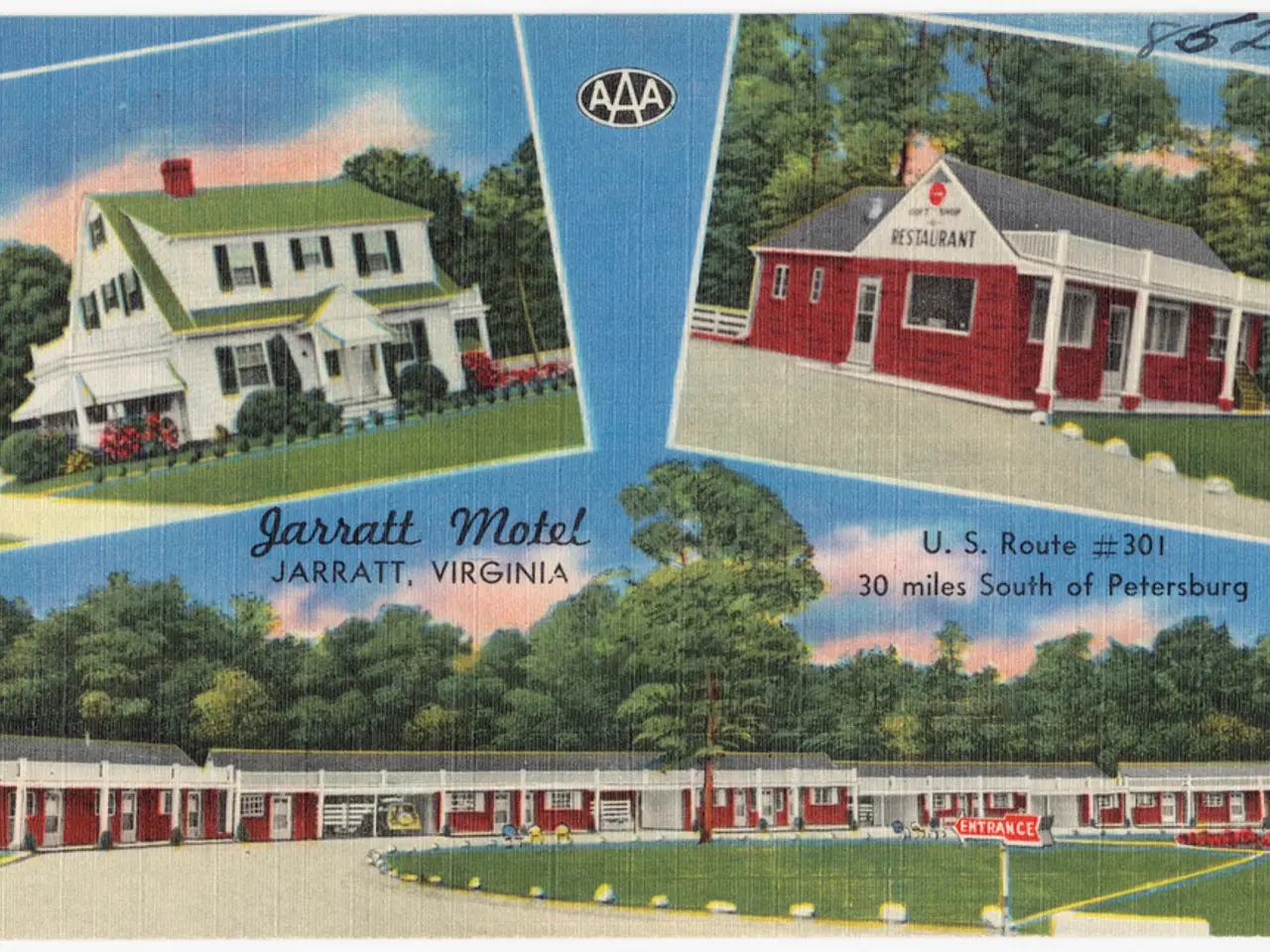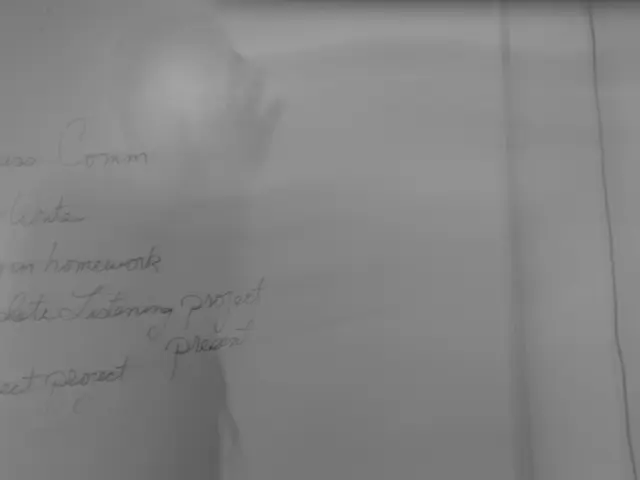Study: Small Hail Poses Greater Roof Threat Than Thought
A recent study by the Insurance Institute for Business and Home Safety (IBHS) has challenged long-held opinions about the damage caused by small hail. The research, led by Anne Cope and Heath Eshbaugh, suggests that frequent sub-severe hailstorms may pose a greater threat to roof longevity than previously recognized.
The study found that impact-resistant shingles, often thought to be more durable, fared little better than conventional shingles in cumulative granule loss from smaller hailstones. This contradicts insurance company experts' opinions that have often denied or minimized damage from small hail. The IBHS study also revealed that small hail can accelerate the aging of asphalt shingles, increasing vulnerability to future hail damage. Concentrations of sub-severe hailstones can significantly reduce a roof's resistance to future large hail events. The Insurance Information Institute tracks hail claims only from hailstones that are 1-inch or larger, showing a 17% rise from 2020 to 2024. However, the study highlights the importance of considering the cumulative effect of smaller hailstones, which are not currently tracked in official statistics.
The findings of the IBHS study have significant implications for homeowners and insurers. Texas and Kansas, which lead in hail claims annually, may face increased risks to roof longevity. Insurers may need to reassess their policies regarding long-term wear and tear, including damage from multiple hailstorms over months or years. Homeowners should consider the potential impact of frequent sub-severe hailstorms on their roofs and discuss these findings with their auto insurance providers.








